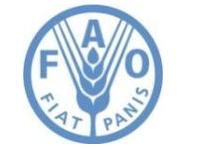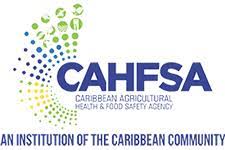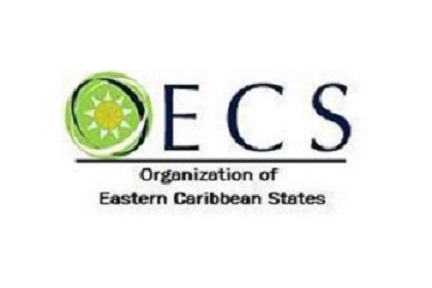Protecting plant health is essential for all sectors. Plants not only contribute to global food systems but also supplies non-food crops for energy, fiber, feed, and horticultural uses. The physiological functioning of plants that are irritated by prolonged, phytopathogenic organisms (biotic or infectious disease agents) is called plant diseases. Worldwide crop loss is estimated annually to be $220 billion USD or 14.1% of crop loss due to plant disease. Crop loss can be caused by biotic organisms which include oomycetes, fungi, viruses, bacteria, nematodes, and viroids, as well as abiotic factors like the environment.
Plant diseases lower product quality or shelf-life of crops, decrease the nutritional value of vegetables and fruits, reduces crop yields, and diminish aesthetics, making some crops not marketable.
Additionally, climate change and urbanization have increased pressure on food production systems via global trade.
Plant protection protocols and phytosanitary measures are already being considered to limit the spread of plant pests and diseases through travel and trade. Effective control of plant diseases entails insight into the biology of these disease-causing agents. Furthermore, a safe global movement of plant materials can prevent exotic and emerging domestic diseases. Identification, rapid detection, and diagnostic procedures would be able to accurately reduce the spread or prevent plant pathogens.
Currently, in the Caribbean, many countries have been implementing plant quarantine measures to improve their biosecurity. Moreover, the Caribbean Plant Health Directors Forum is working with its partners and agencies to safeguard plant health across the region from plant diseases and pests.
Source:
Science Direct – Plant Pathology
CABI – Plant Pathology and Plant Diseases
USDA – Plant Diseases
FAO – Climate change fans spread of pests and threatens plants and crops, new FAO study













